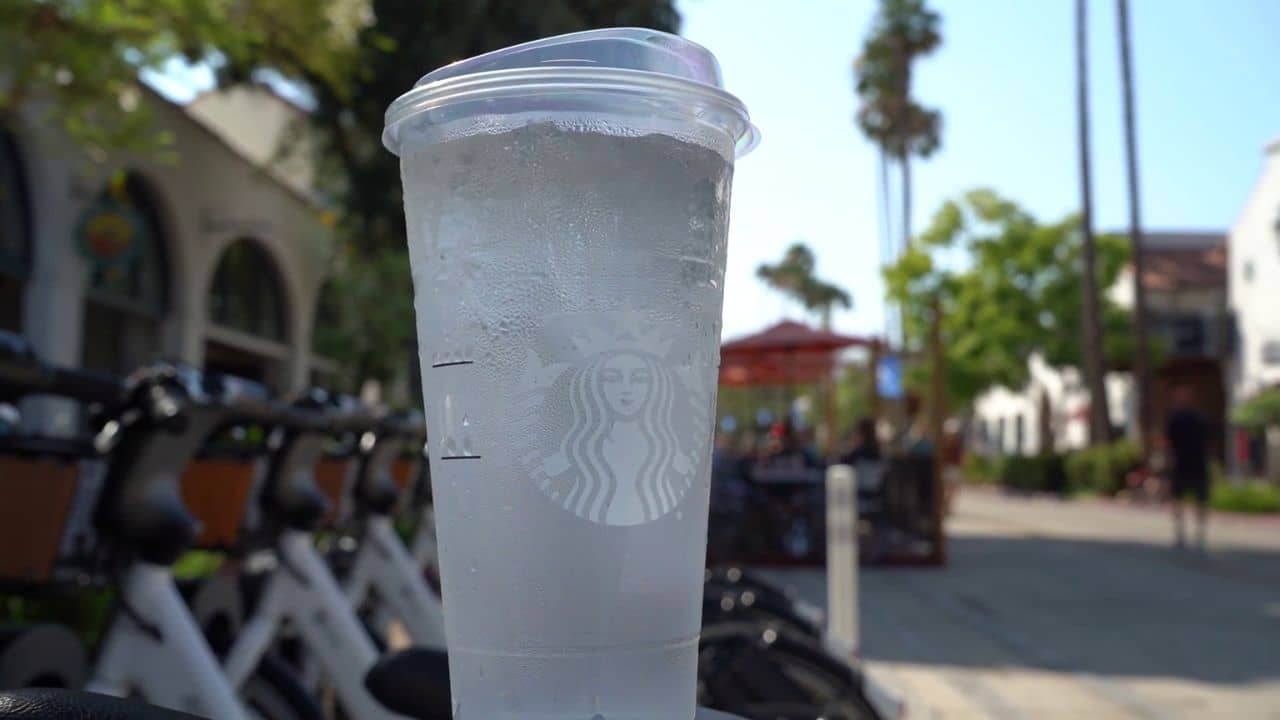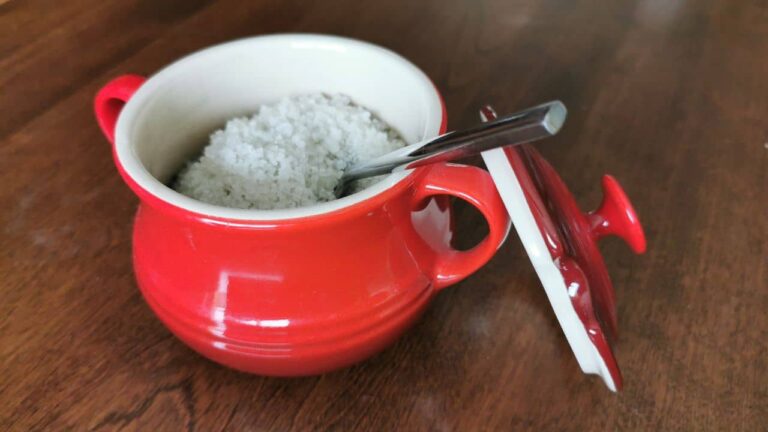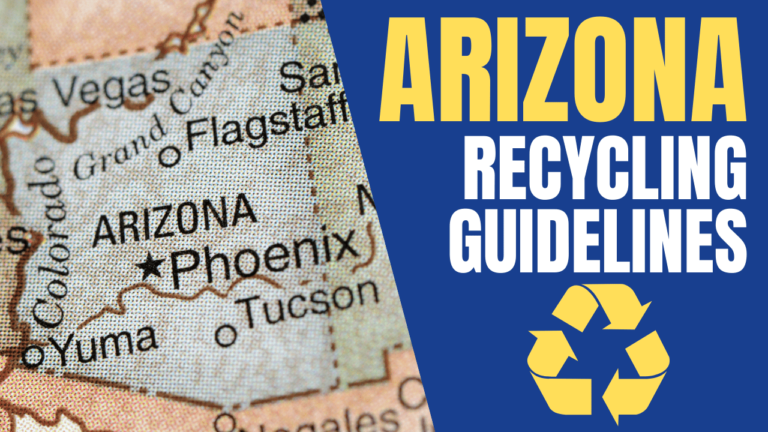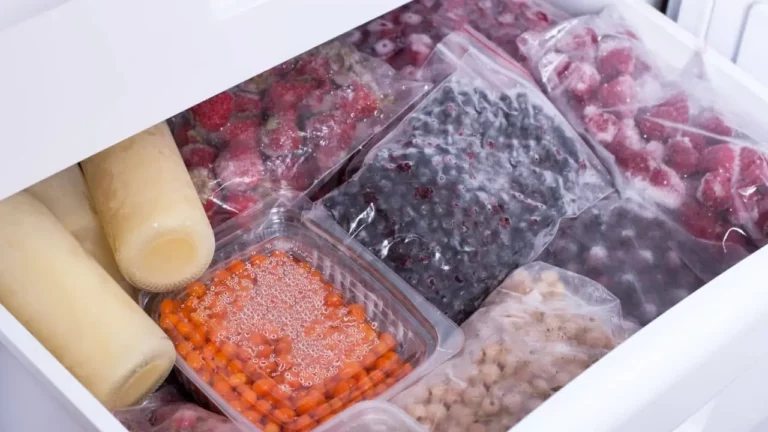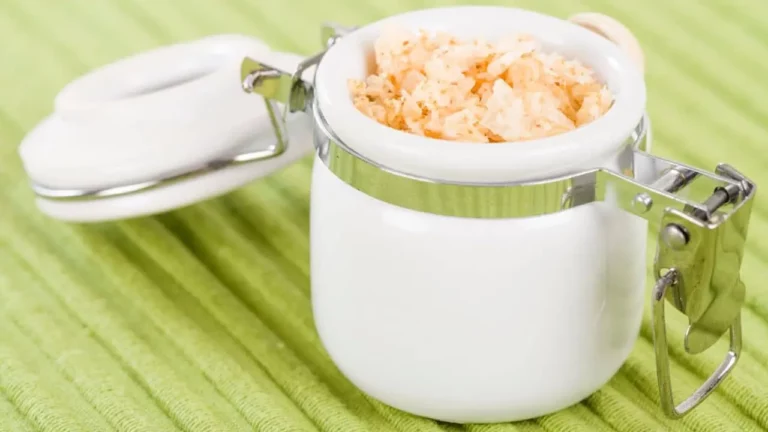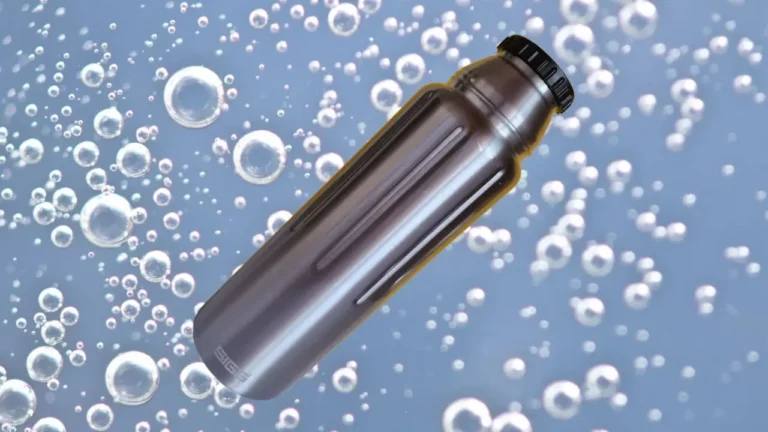How many times is Starbucks water filtered? (Answered With Exclusive Details)
The two primary ingredients behind Starbucks’ divine coffee are high-quality arabica beans and filtered water. The famous coffee chain only uses premium-quality water that is filtered several times and tastes much better than regular water. So how does Starbucks filter it to achieve this spectacular taste?
Starbucks water is filtered three times (at least). It undergoes a rigorous three-step filtration to remove odors and tastes. It begins with removing suspended items and harmful chemicals. Next, a reverse osmosis membrane removes dissolved substances like lead and arsenic. Lastly, a post-filter eliminates all remaining impurities.
If you are interested in knowing more about Starbucks’ filtration system responsible for making their water taste delicious and coffee exquisite, then keep on reading! I’ve covered all the details, including exclusive details regarding the filtration process.
What is Starbucks’ Water Filtration Process and How Does it Work?
Starbucks thoroughly filters all the water they use for making their coffee, whether it’s for a cold brew, a latte, or a chai tea.
They reduce the lead content in their water below the standard set by ANSI and NSF. Moreover, they also ensure that the fluoride levels are reduced to 1.5-2 mg/L from 8 mg/L. These values fall within the standards set by EPA, NSF, and ANSI (for more info, see the sources).
Starbucks employs multiple processes to achieve these standards, such as carbon filtration, ultrafiltration, softening, and reverse osmosis. Although the chosen treatment may vary based on the location of stores, the most common one is the triple filtered osmosis system.

☝️ In 2017, Starbucks also posted an official tweet on their Twitter page confirming that their water is triple-filtered.
And Their Response When I Contacted Them
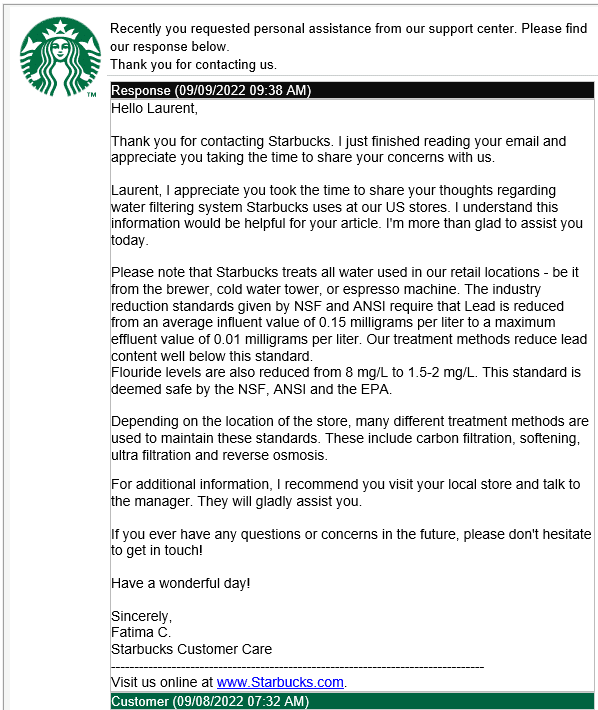
Overview of the Different Stages of Reverse Osmosis
Reverse osmosis is one of the best methods of purifying water. This process can filter out all types of contaminants and make water safe for drinking and cooking.
Currently, there are several models of RO systems that are categorized based on the number of stages used. I’ve mentioned the most popular ones down below.
No time to read? See How This System Works!
3-Stage Reverse Osmosis
Triple reverse osmosis filtration is used in purifying water on large scales. It makes use of the following filters.
- The Carbon Pre-Filter: It removes sediment and protects the filter used in the next stage, which can get damaged by large particles. Additionally, it also absorbs harmful chemicals like chlorine.
- The RO Membrane: It has tiny pores for the passage of water molecules. So, it does not allow dissolved substances like copper and lead to pass through.
- The Post-Filter: This polishes the water and improves its quality by further eliminating odors and tastes.
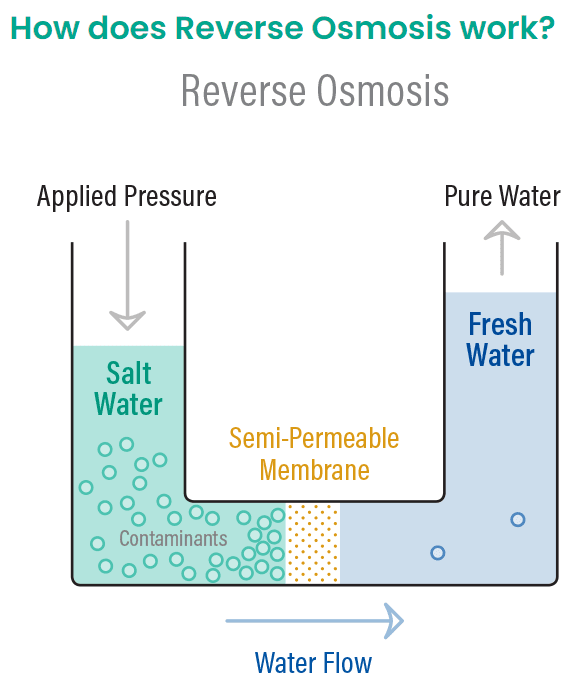
4-Stage Reverse Osmosis
This RO system comprises the following stages.
- Sedimentation Filter: It mechanically filters and removes large impurities from the water.
- Pre-Carbon Block Filter: This pre-filter removes chlorine and protects the remaining filters from degradation.
- High-Production Reverse Osmosis Membrane Filter: It removes micro-particles, including heavy metal complexes, and microorganisms. Moreover, it also removes fluoride and sodium and brings their levels down to standard values set by NSI and EPA.
- Post-carbon Block Filter: It removes odors and improves taste. It is a final checkpoint that ensures the removal of all harmful things.
5-Stage Reverse Osmosis
The five stages involved in this reverse osmosis system are,
- Polypropylene Sediment Filter: It removes solid substances, i.e. sediment, from the water.
- Carbon Water Filter: A charged filter with a negative charge attracts contaminants and removes them. It also removes odor and taste.
- 1 Micron Polypropylene Water Filter: It clears out minute sediment particles bigger than 1 micron.
- RO Membrane: The main filtration chamber that removes minerals and metals and sends them into the drainage system.
- Carbon Water Post-filter: This removes any remaining impurities and polishes the water to make it premium quality.
6-Stage Reverse Osmosis
Here are this reverse osmosis system’s six stages:
- Sediment Pre-Filter: It’s used for screening out dirt and large particles.
- Carbon Pre-Filter #1: This removes chlorine odor and improves taste.
- Carbon Pre-Filter #2: This helps in further removing foul odors and harmful chemicals.
- RO Membrane: It filters out dissolved substances such as lead and arsenic.
- Post-Filter: A post-polishing carbon filter removes any remaining residue and contaminants.
- UV Bulb Replacement: It disinfects the water and removes harmful bacteria, viruses and other pathogens.
7-Stage Reverse Osmosis
The 7-stage reverse osmosis system uses the following filters.
- Polypropylene Filter: It removes sediment and uses a 5-micron cartridge structure for removing sand, rust, silt, and other suspensions. Additionally, it is also chemical-resistant and prevents the growth of microorganisms.
- Carbon Block Cartridge: It removes tastes and odors by eliminating impurities larger than 10 microns. It also removes lead, chlorine, and other organic and inorganic compounds.
- Polypropylene Filter: The second propylene filter uses a 1-micron cartridge structure that further filters out impurities.
- Reverse Osmosis Membrane: The system’s main component that is used for removing 99% of impurities in the water. It efficiently eliminates organic and inorganic harmful substances along with some viruses and bacteria.
- Coconut Carbon Filter: It removes aromatic compounds like chlorine and improves water’s taste and smell.
- Mineral Cartridge: It enriches the water with minerals and elements necessary for our bodies, including calcium, potassium, sodium and magnesium.
- Water-energizing Filter Cartridge: This bioceramic cartridge further improves water quality. It gives water antioxidant and energizing properties, making it more beneficial for the body.
I have summarized the five types of reverse osmosis systems in the table below.
| Reverse Osmosis Types | Stages |
|---|---|
| Three-Stage RO | Sedimentation filter, RO membrane, and the post-filter. |
| Four-Stage RO | Sedimentation filter, pre-carbon block filter, RO membrane, and post-carbon block filter. |
| Five-Stage RO | Polypropylene sediment filter, carbon water filter, 1-micron polypropylene water filter, RO membrane, and carbon water post-filter. |
| Six-Stage RO | Sediment pre-filter, carbon pre-filter #1, carbon pre-filter #2, RO membrane, post-filter and UV bulb replacement. |
| Seven-Stage RO | Polypropylene filter, carbon block cartridge, polypropylene filter, RO membrane, coconut carbon filter, mineral cartridge, and water energizing filter cartridge. |
How Much Does a Reverse Osmosis System Cost?
The cost of a reverse osmosis system varies based on the location of its installment.
Installing it for the whole house will require treating the main water line that goes to all the sinks and showers. This costs anywhere between $750 to $7500.
The bigger the house, the higher the reverse osmosis system cost.
Alternatively, installing it at the point of use, such as a sink faucet, will cost much less, approximately $150 to $1300. These systems (available on Amazon.com) will only treat the water at one location.
Final Thoughts
Starbucks filters their water three times and ensures that it’s free of all harmful toxins and microorganisms. Thus, you can enjoy numerous cups of their coffee without worrying about contracting an illness or feeling unwell.
Now that you know the secret behind Starbucks’ delicious coffee, you can save hundreds of dollars every month by making it at home! Just filter your water using reverse osmosis filtration and use high-quality beans to make coffee that’s just as great.
And you, which water purification system do you prefer?
Please tell me in comment!
Sources
- Starbucks: Official Website
- QuantumFlo: The Reduction of Lead in Drinking Water Act
- Puretec Industrial Water: What is Reverse Osmosis?

